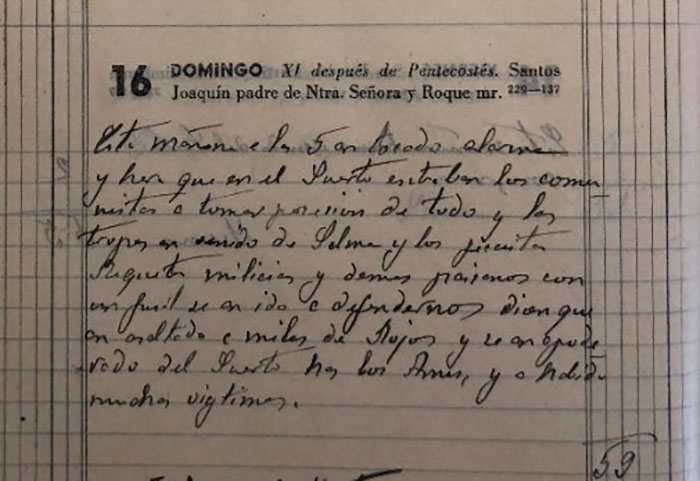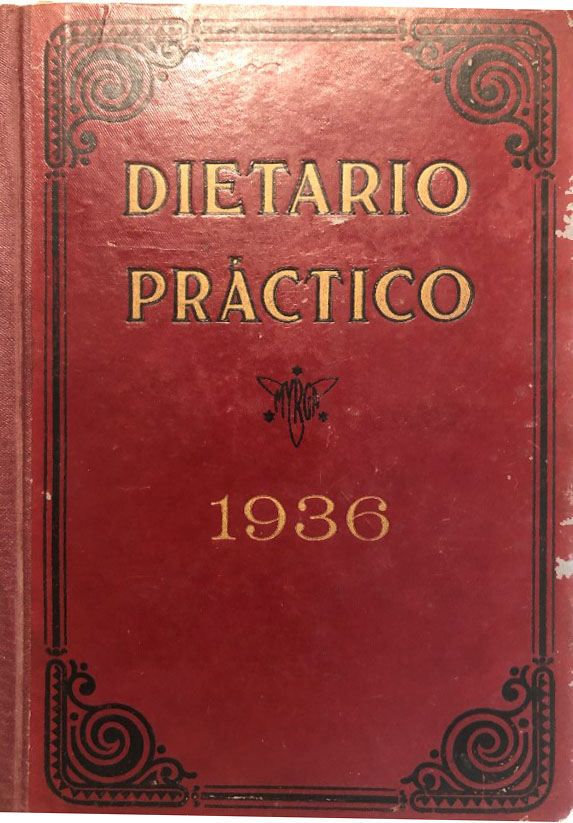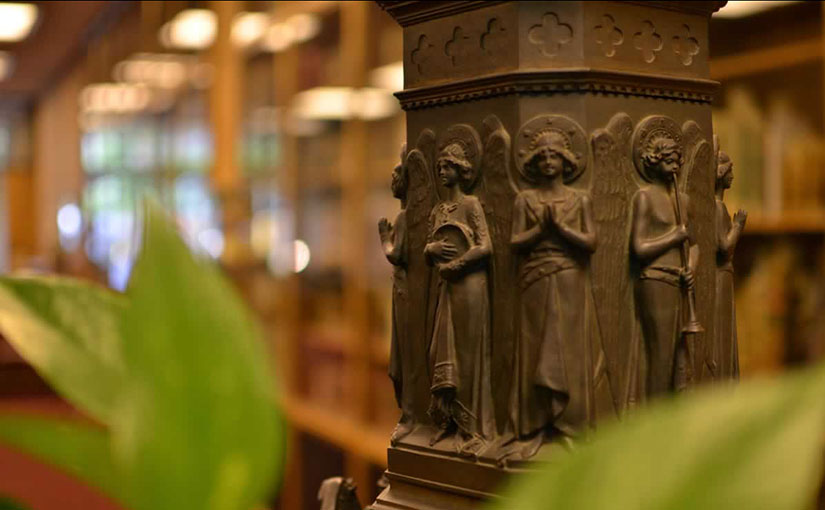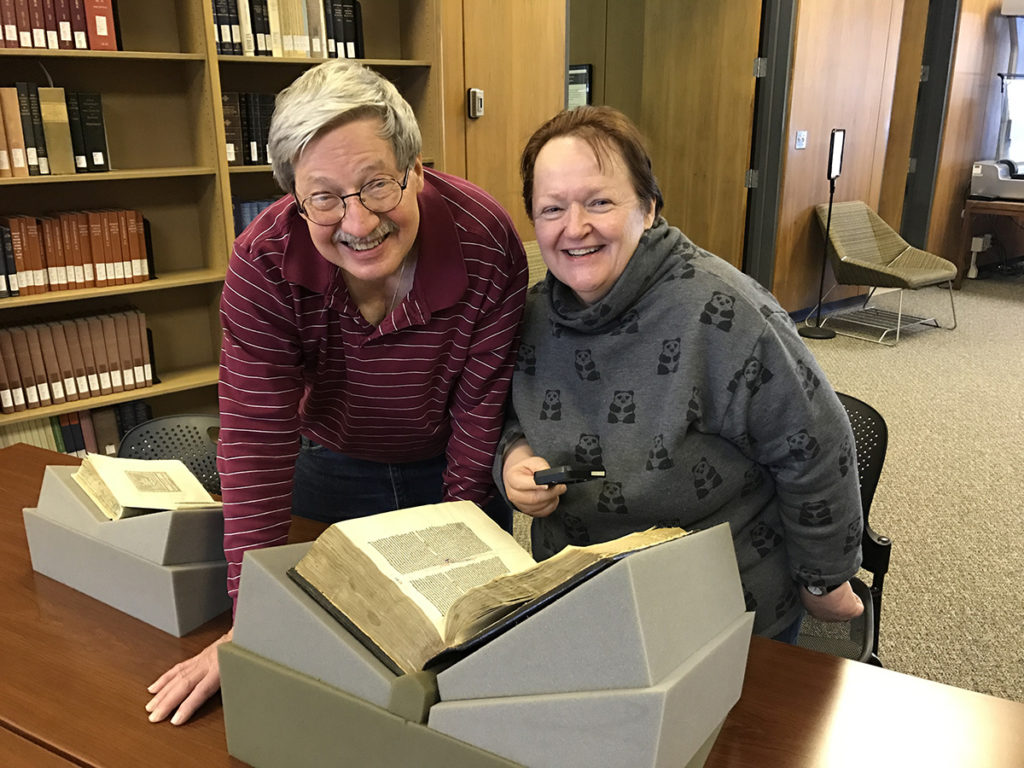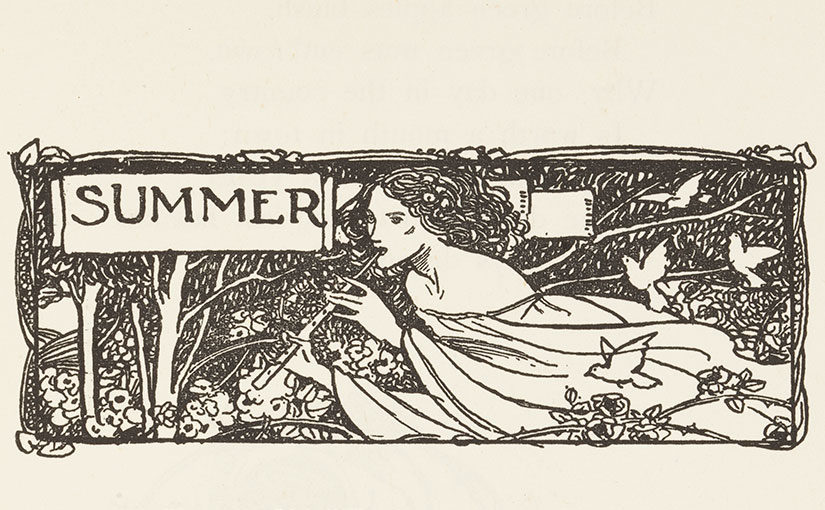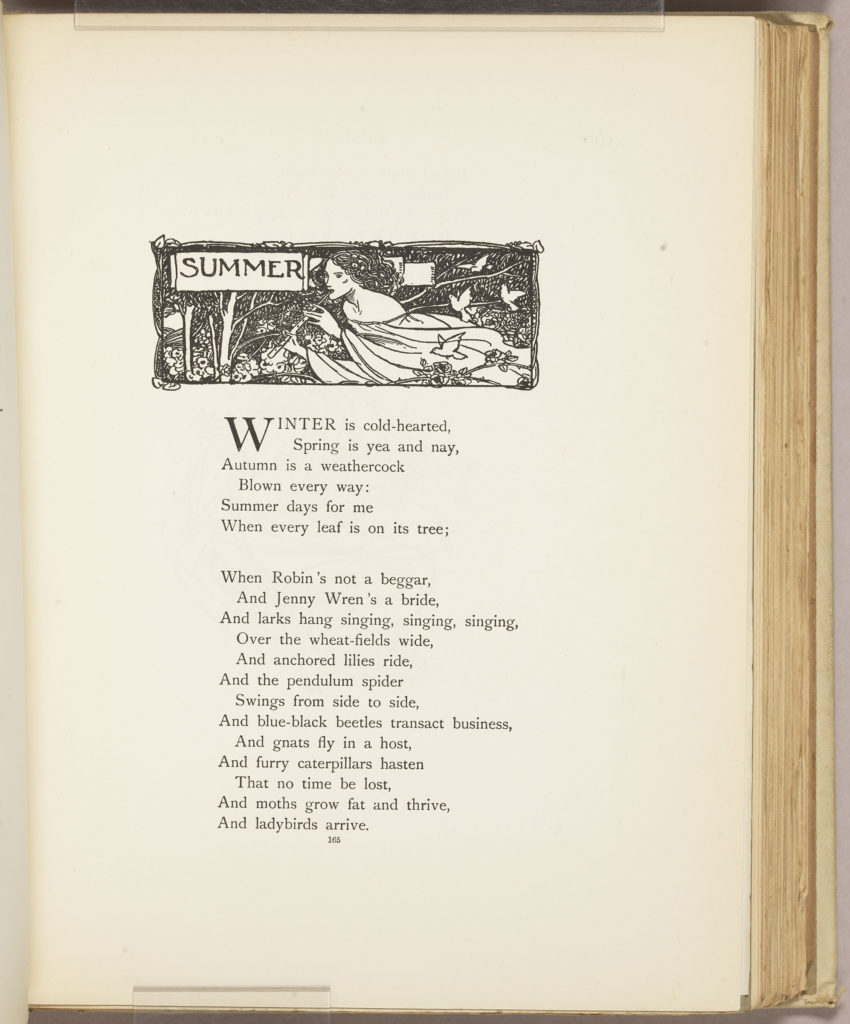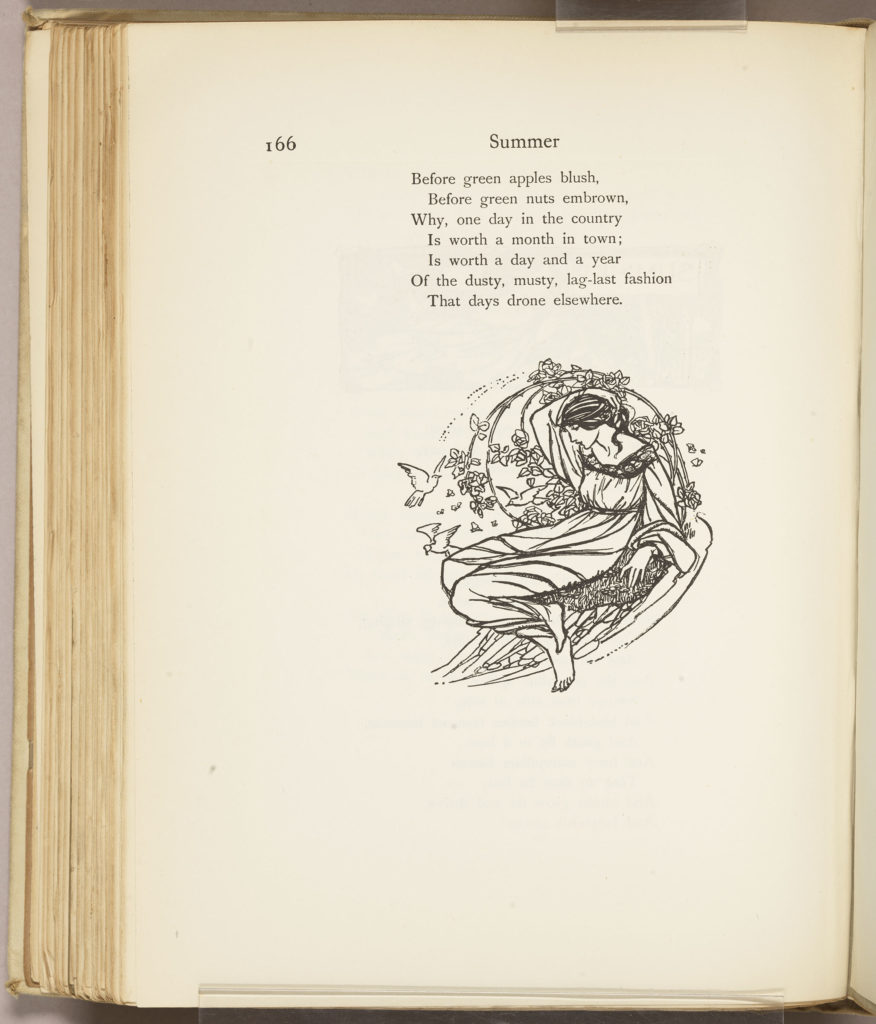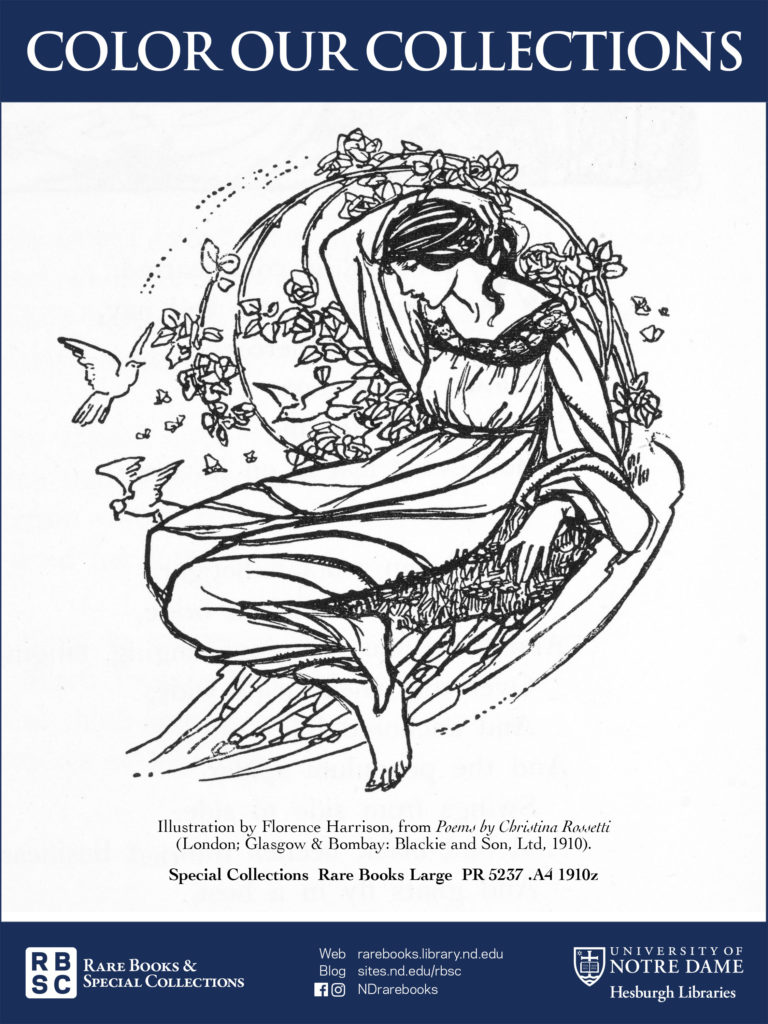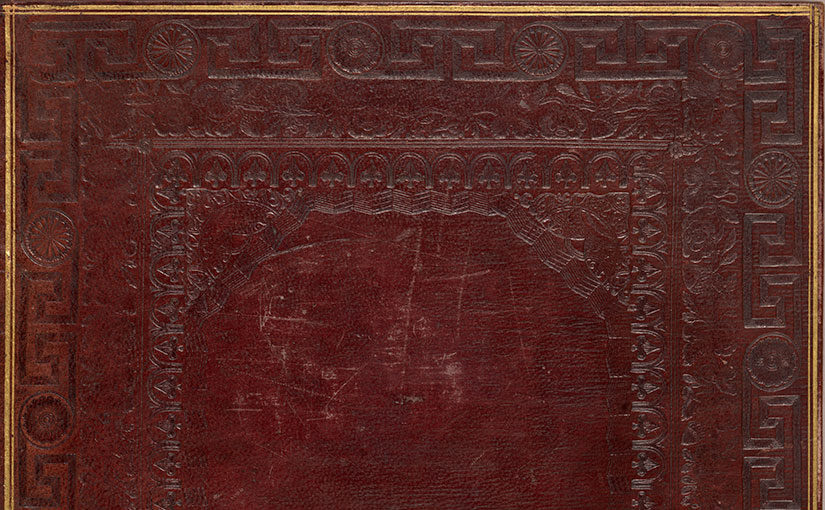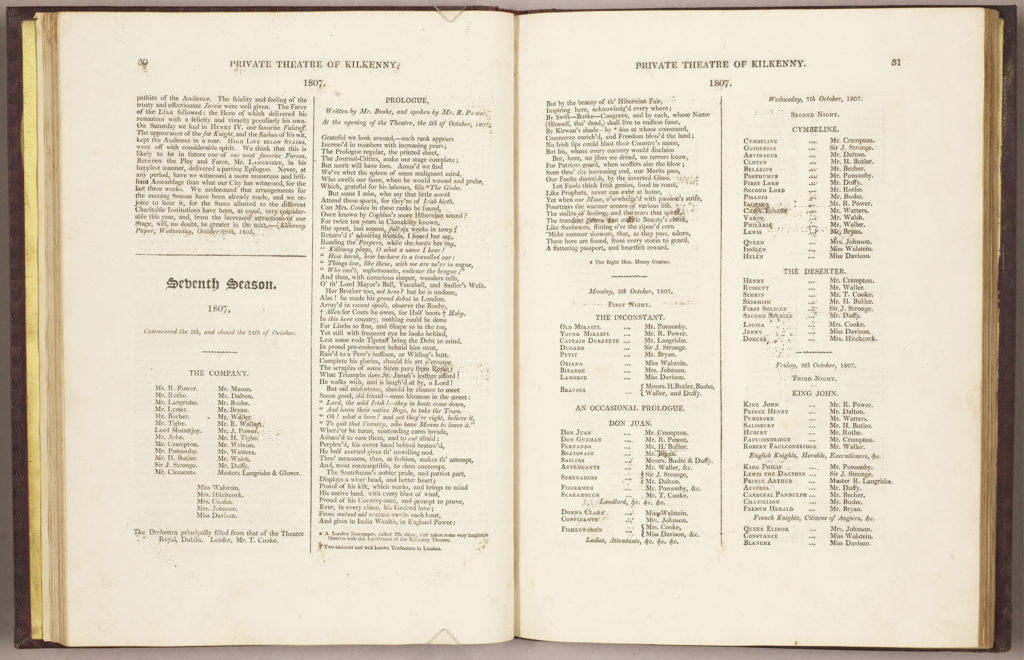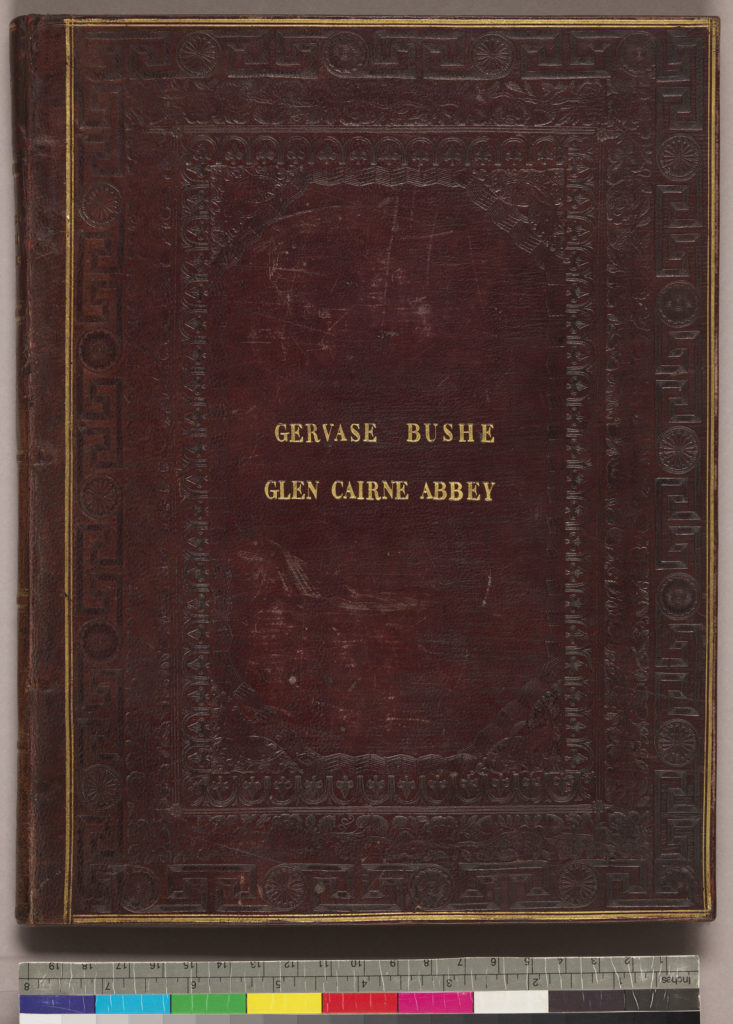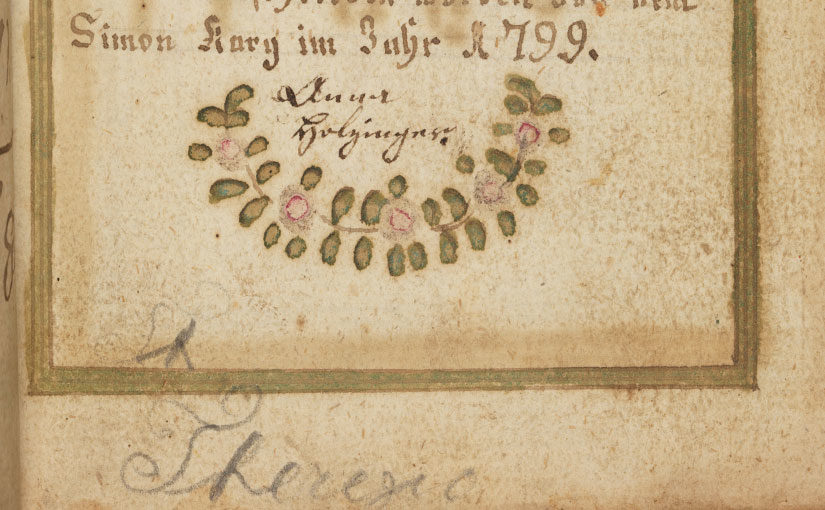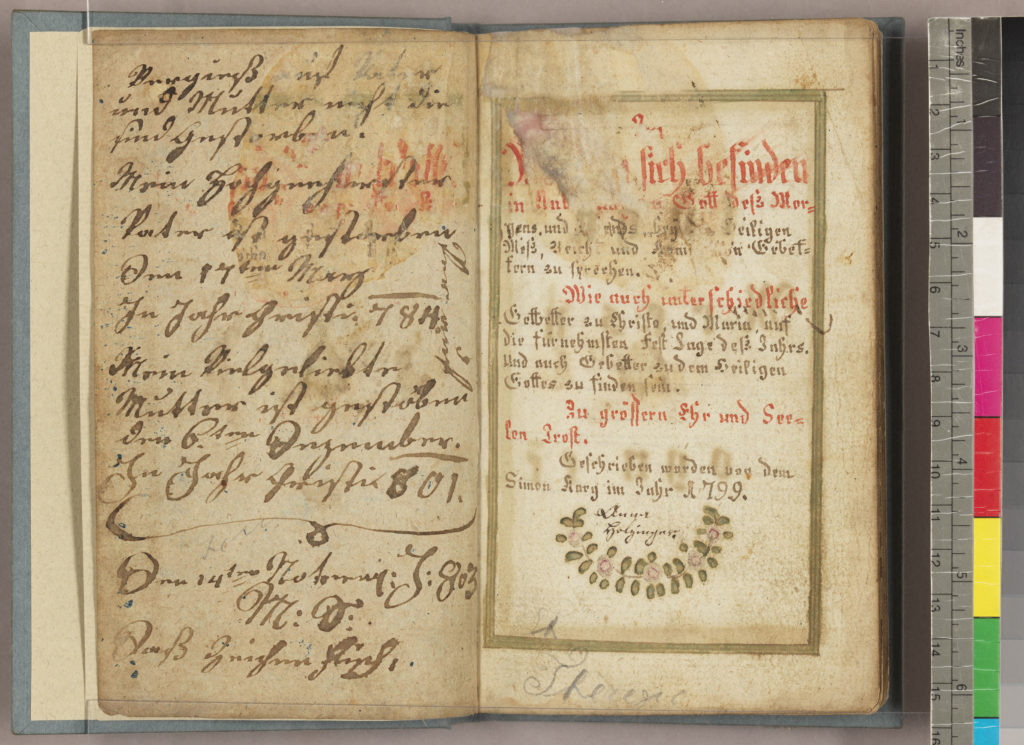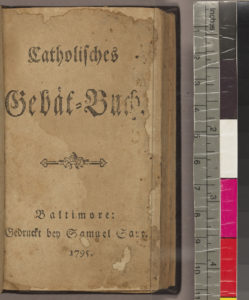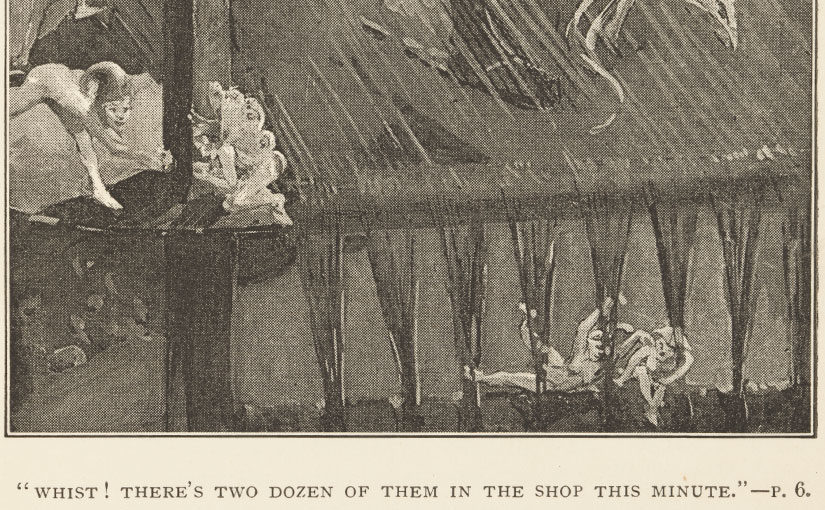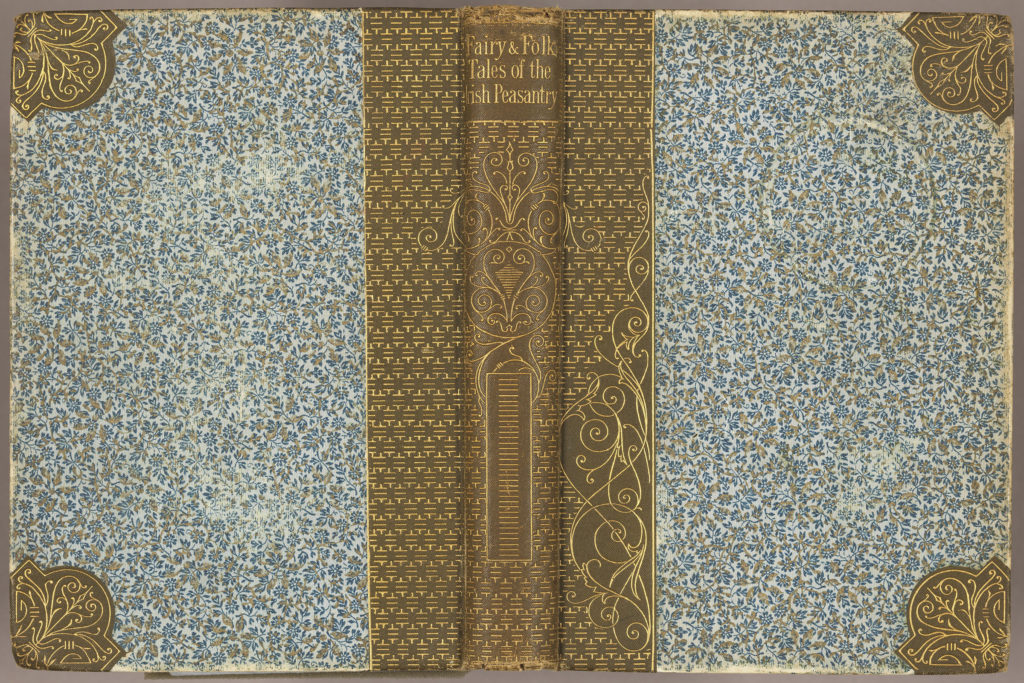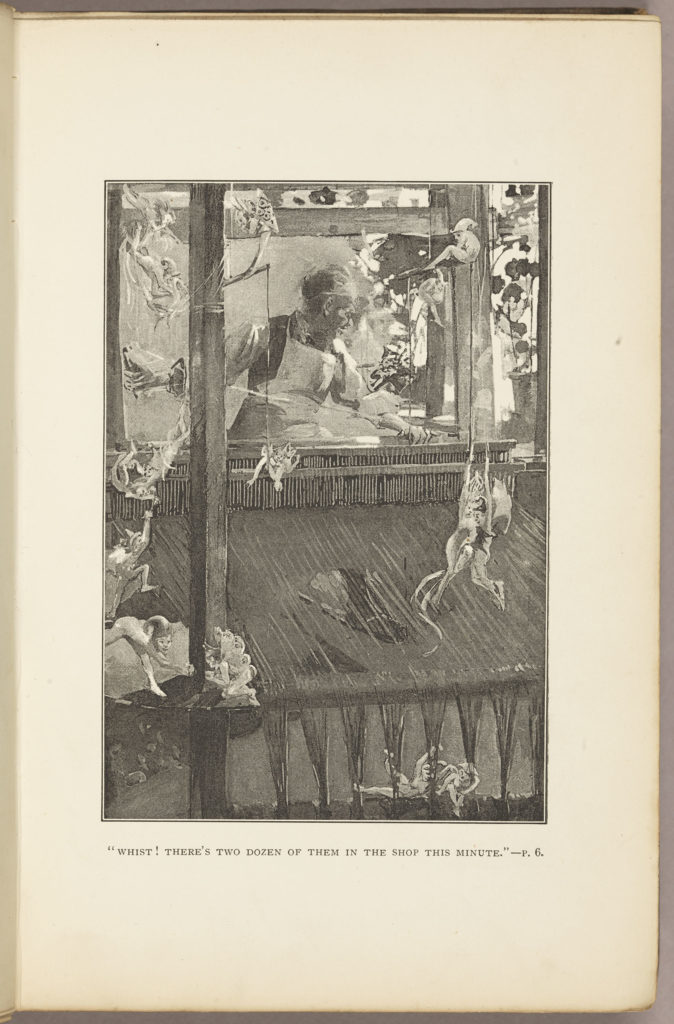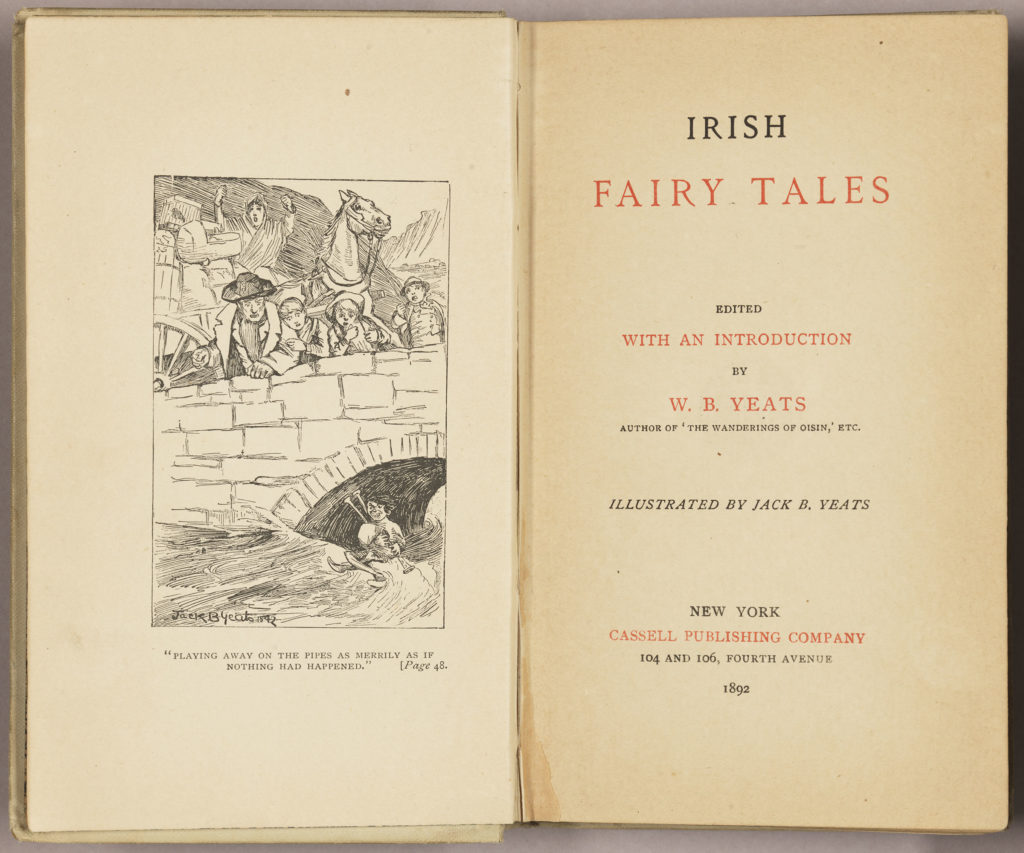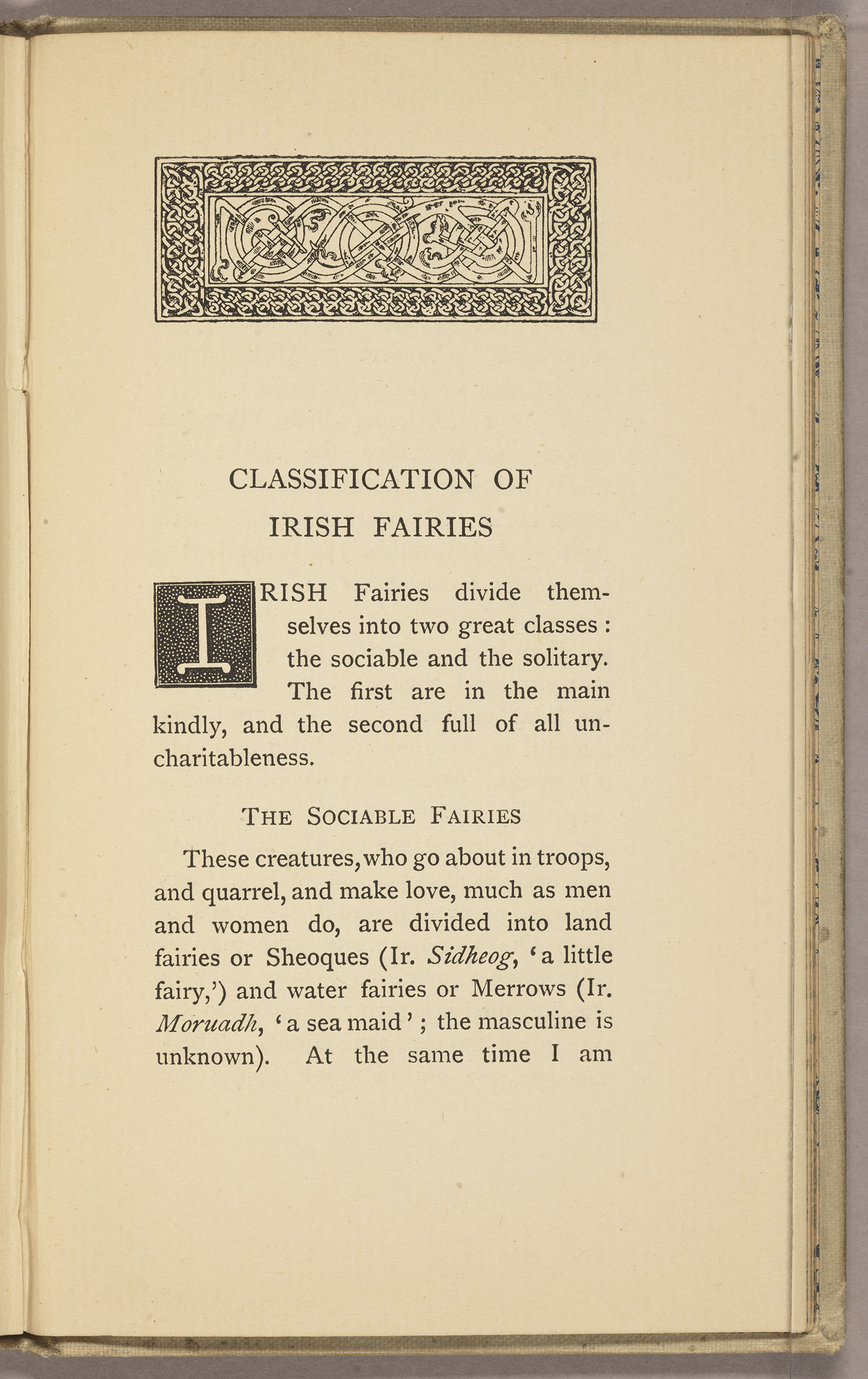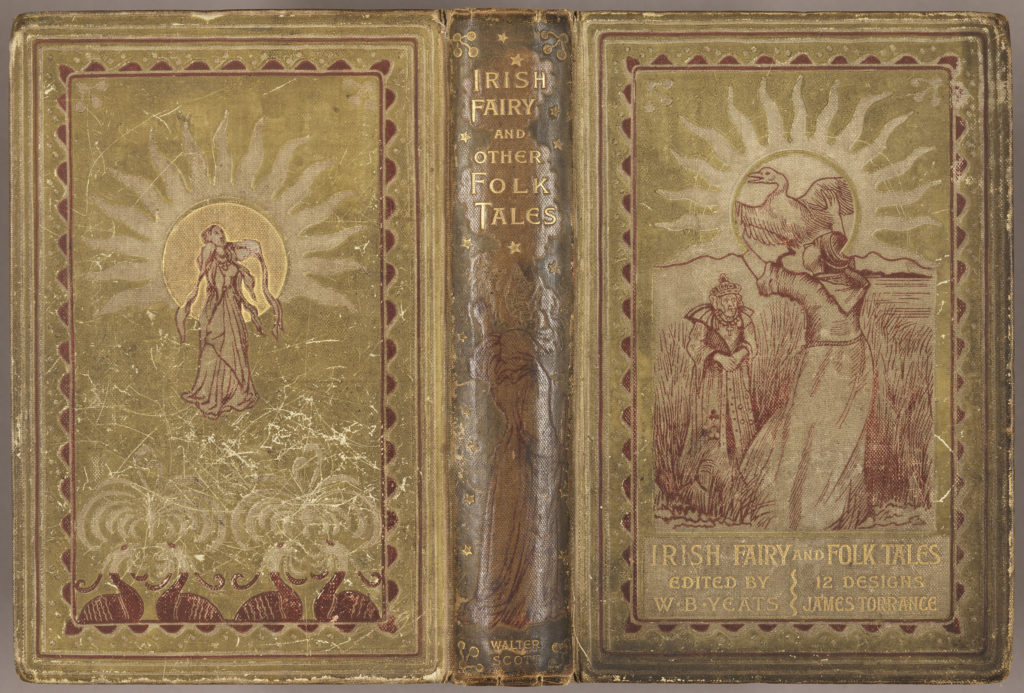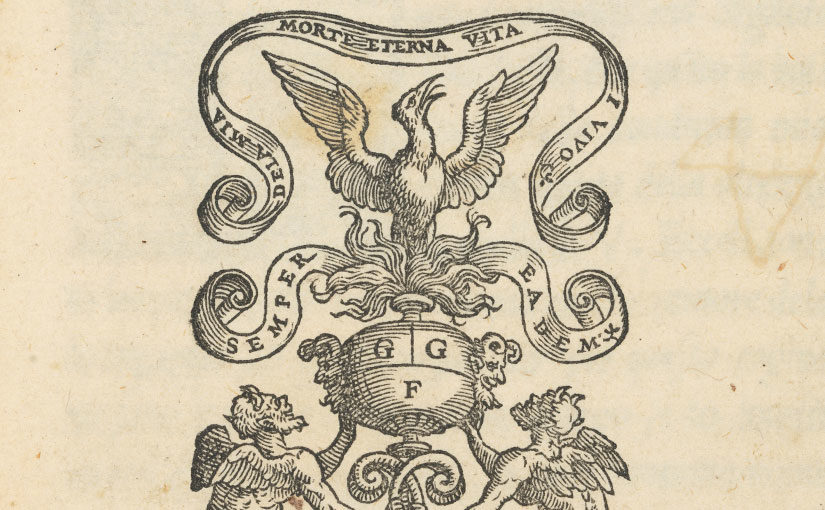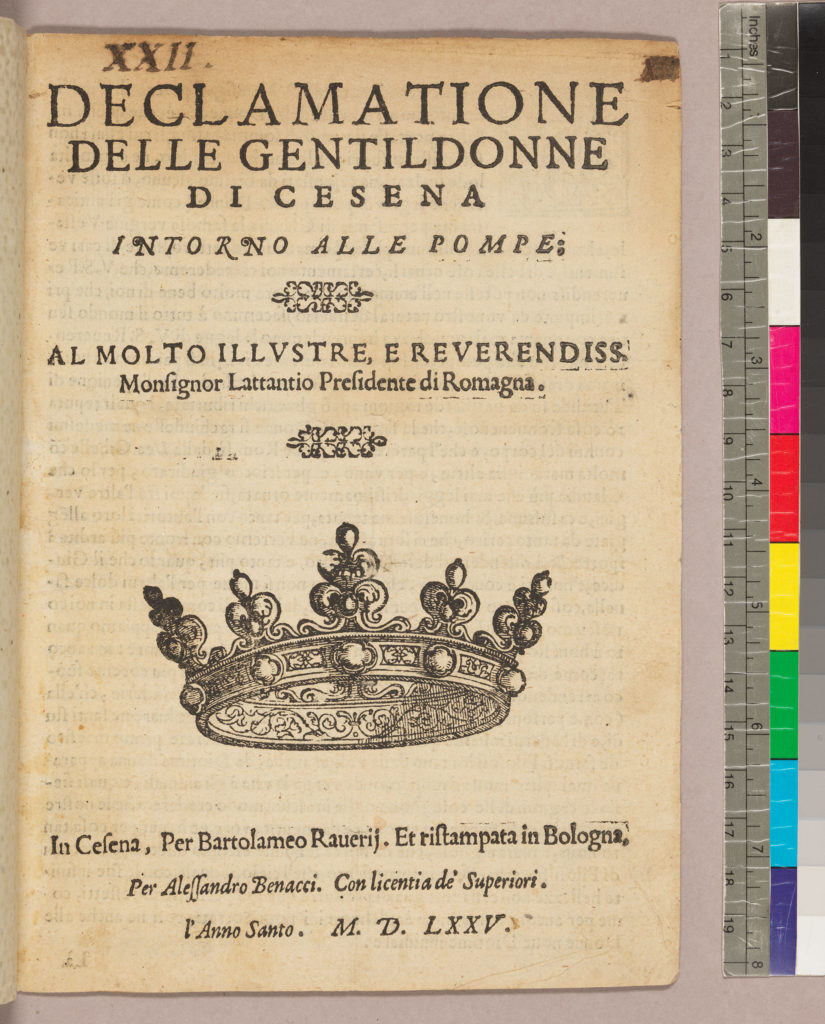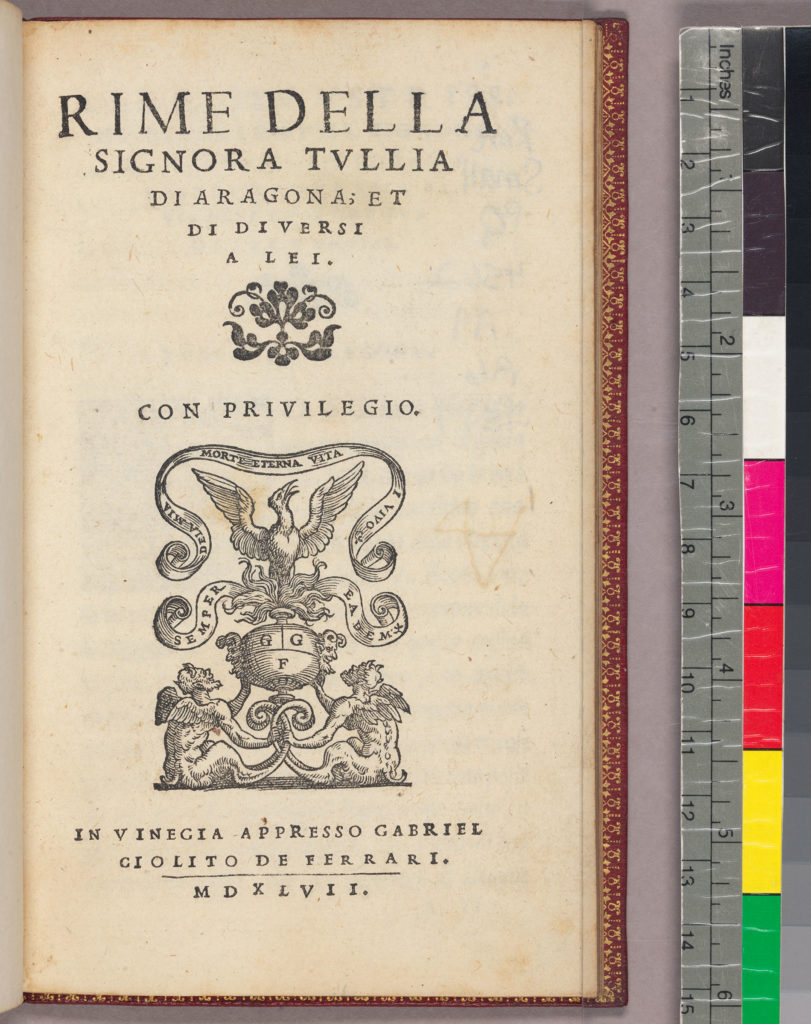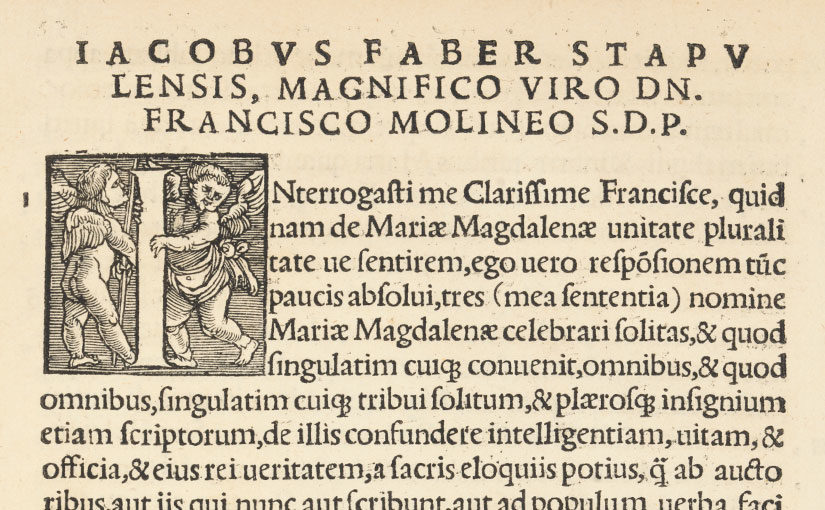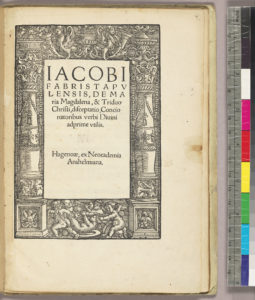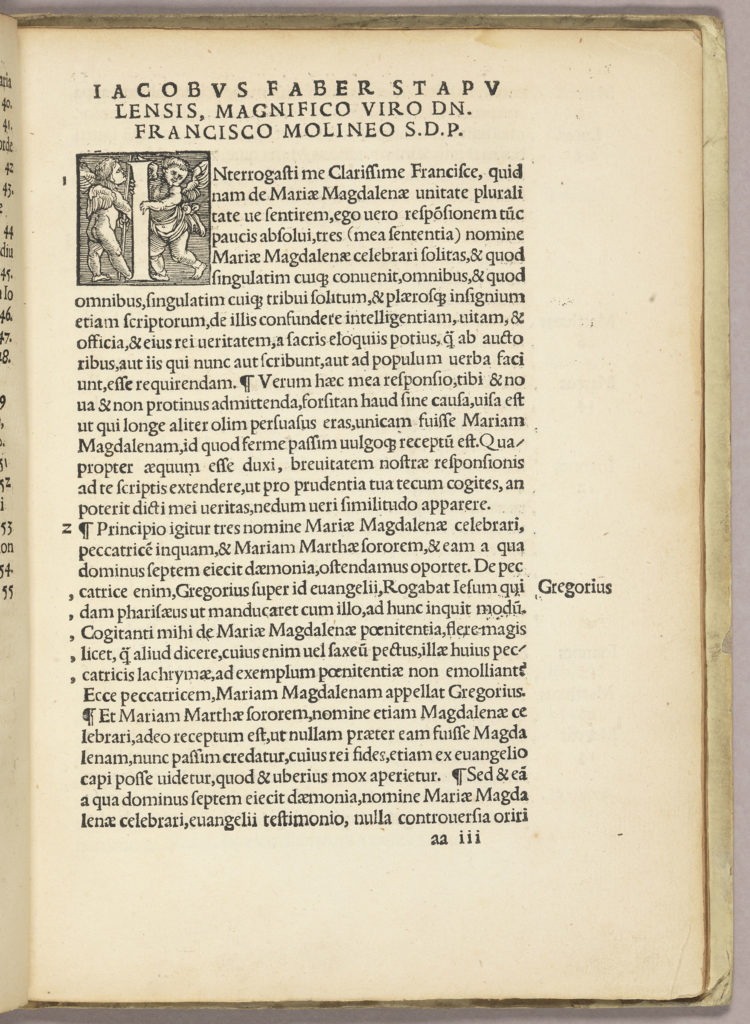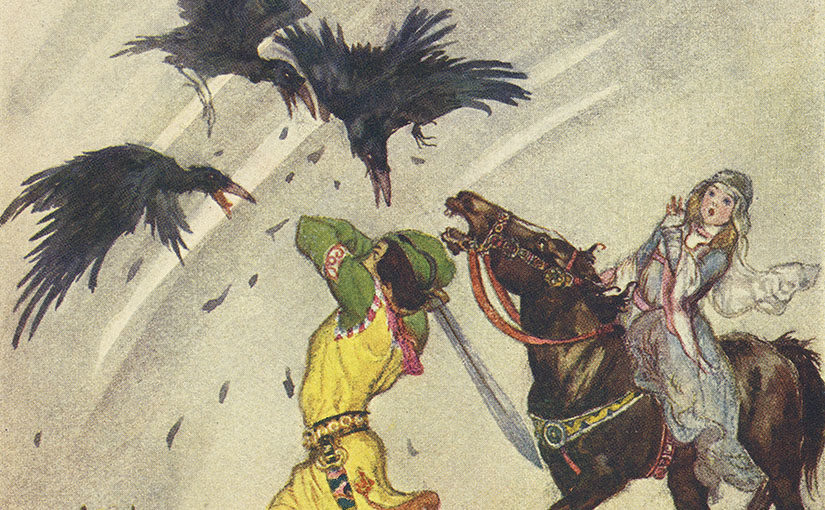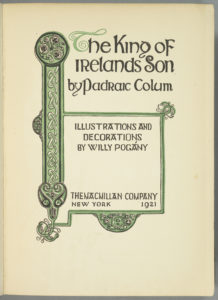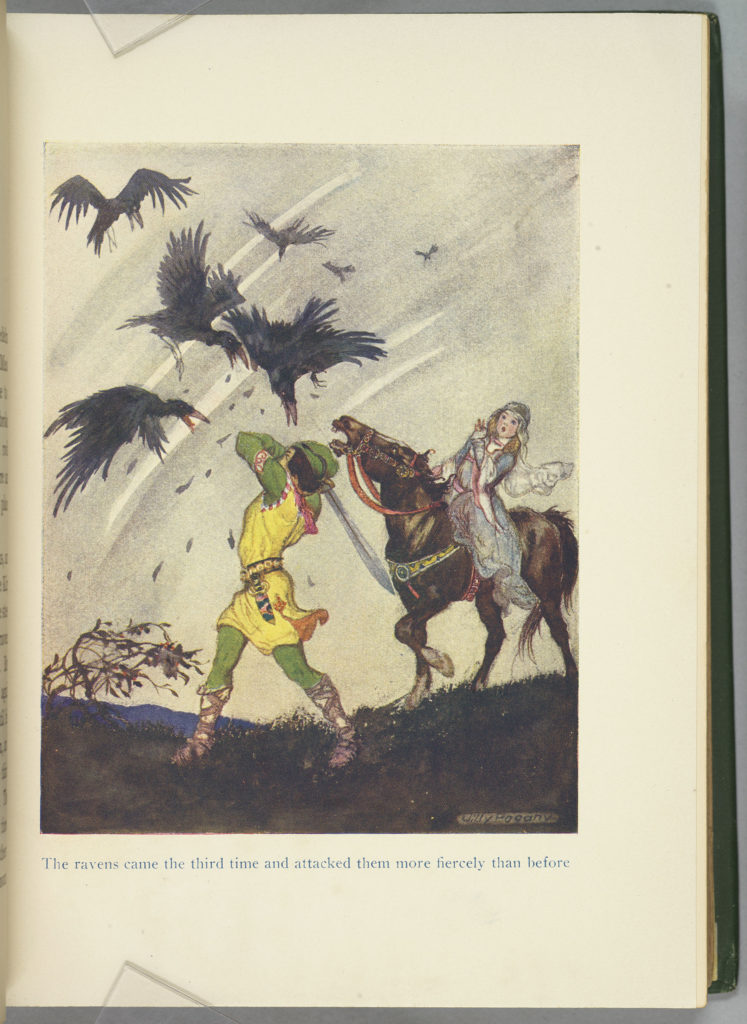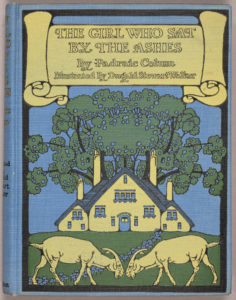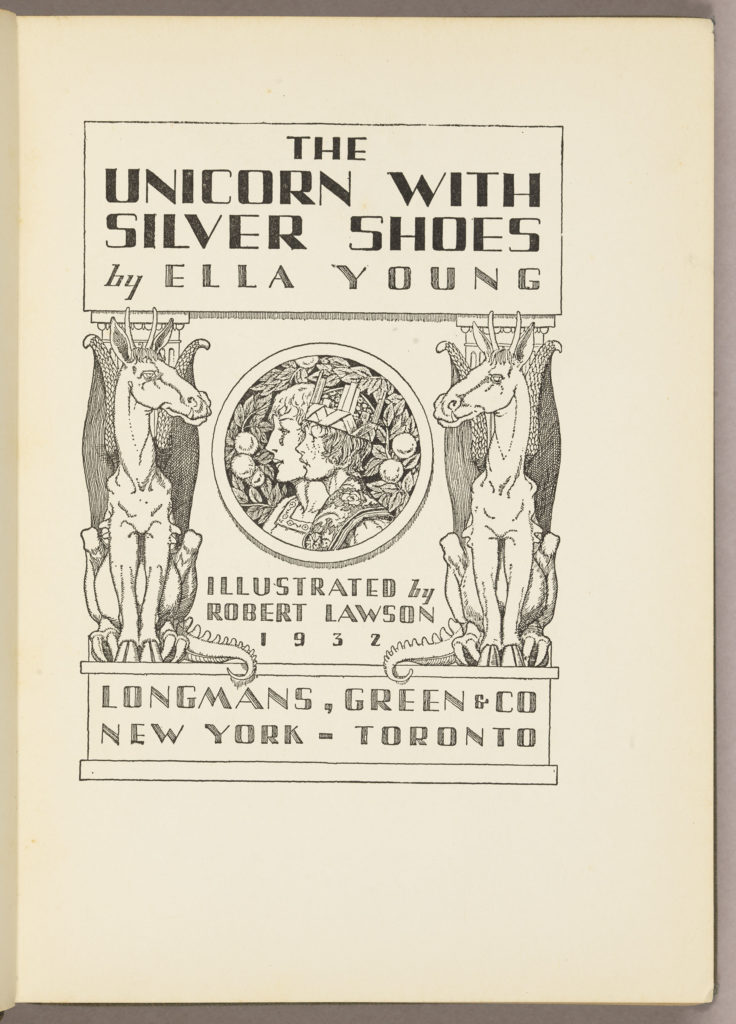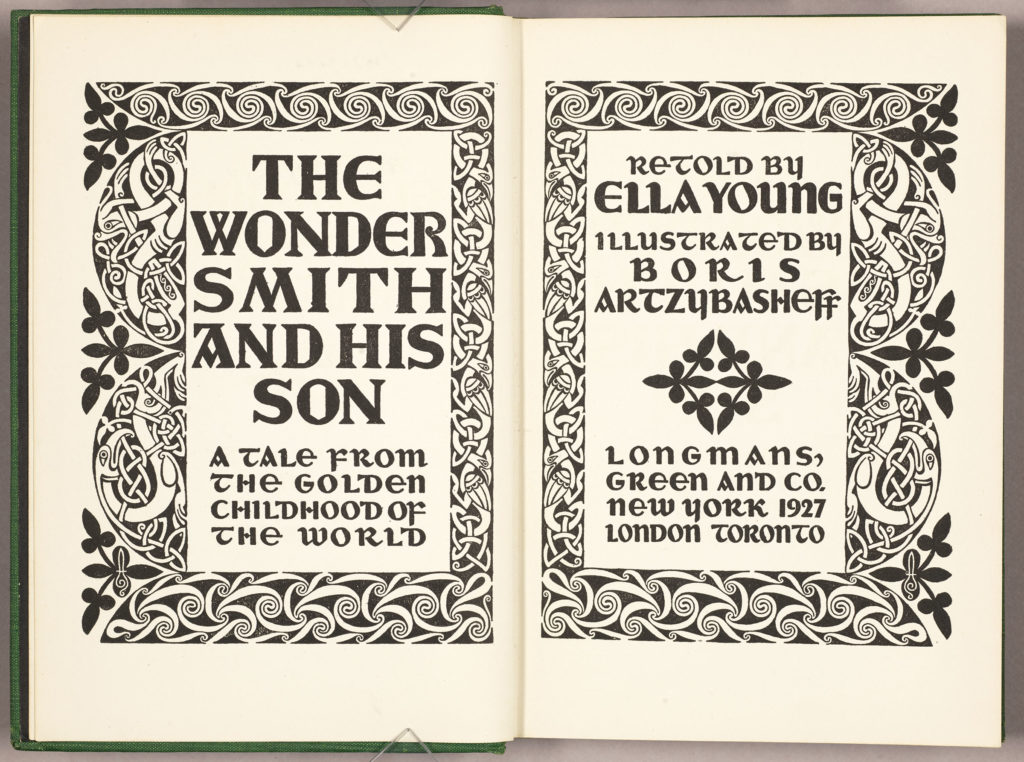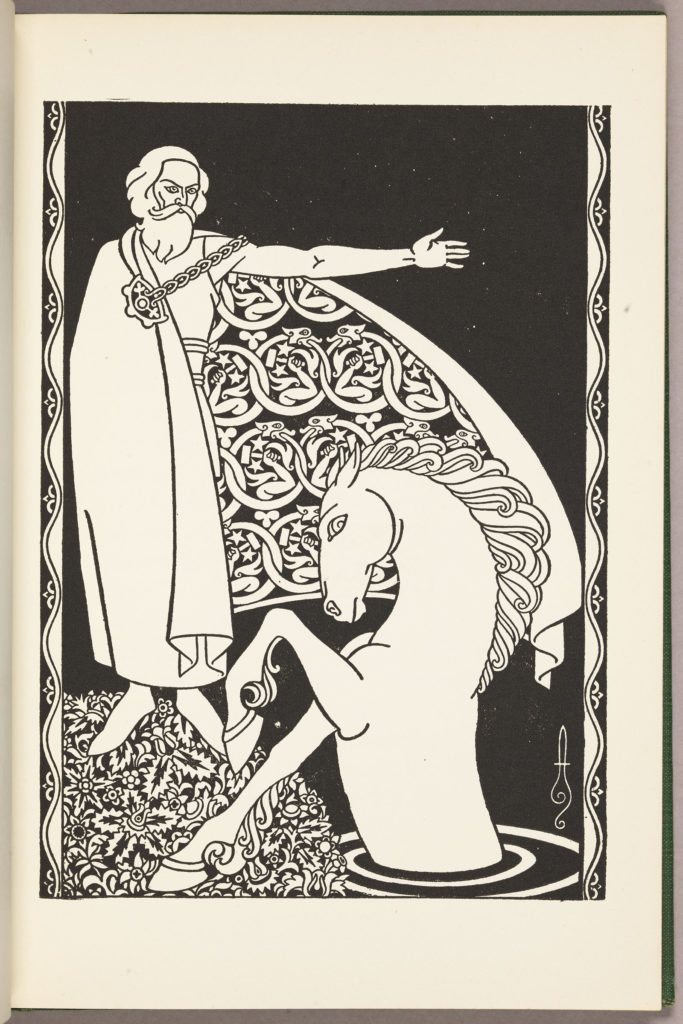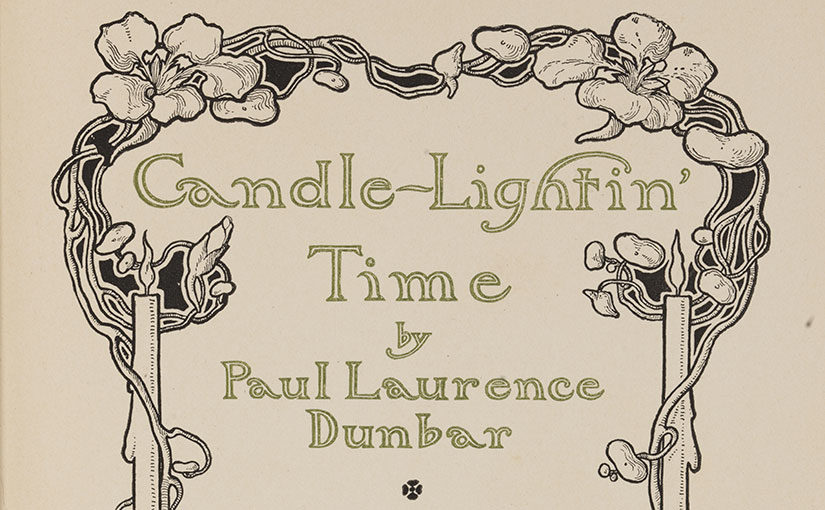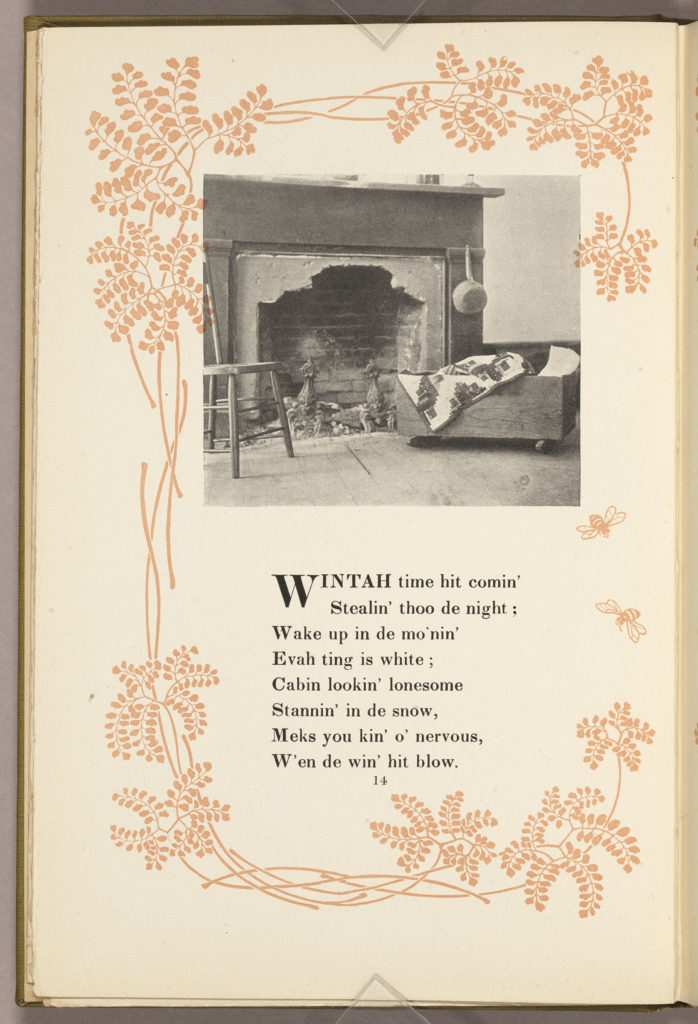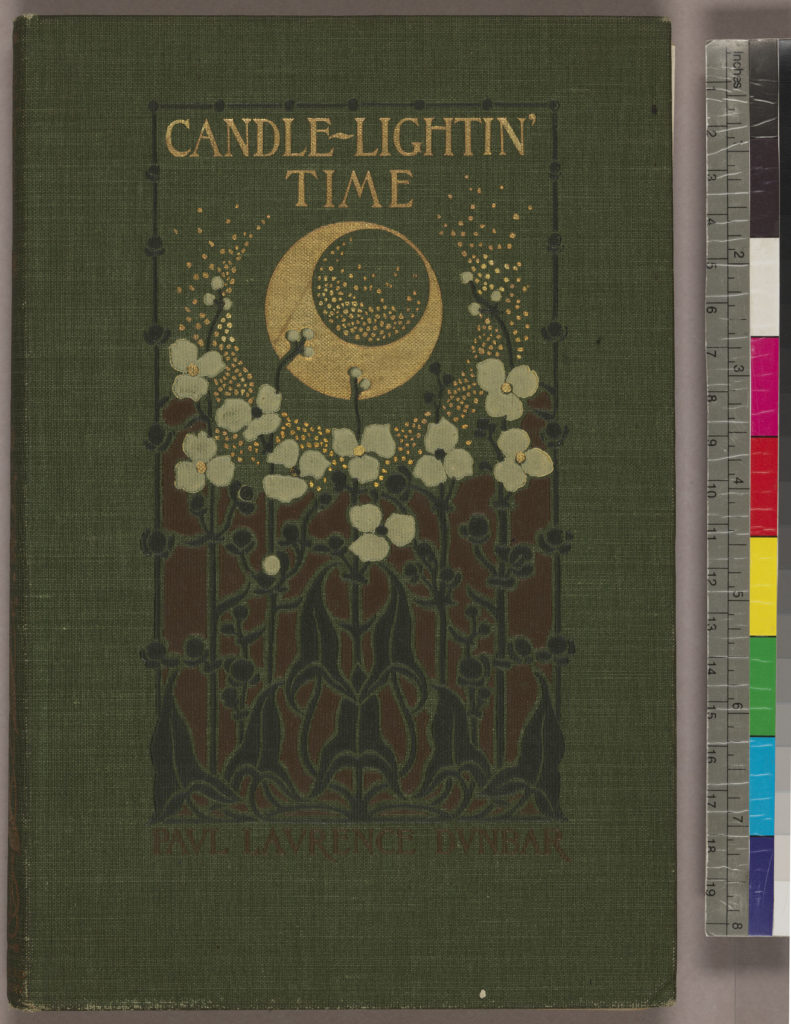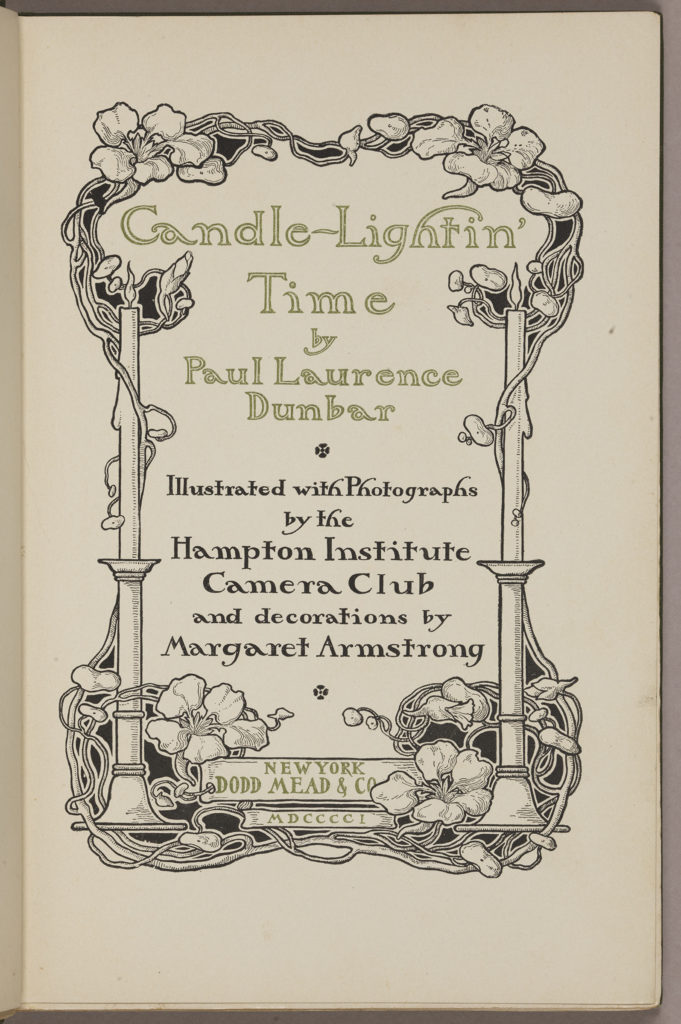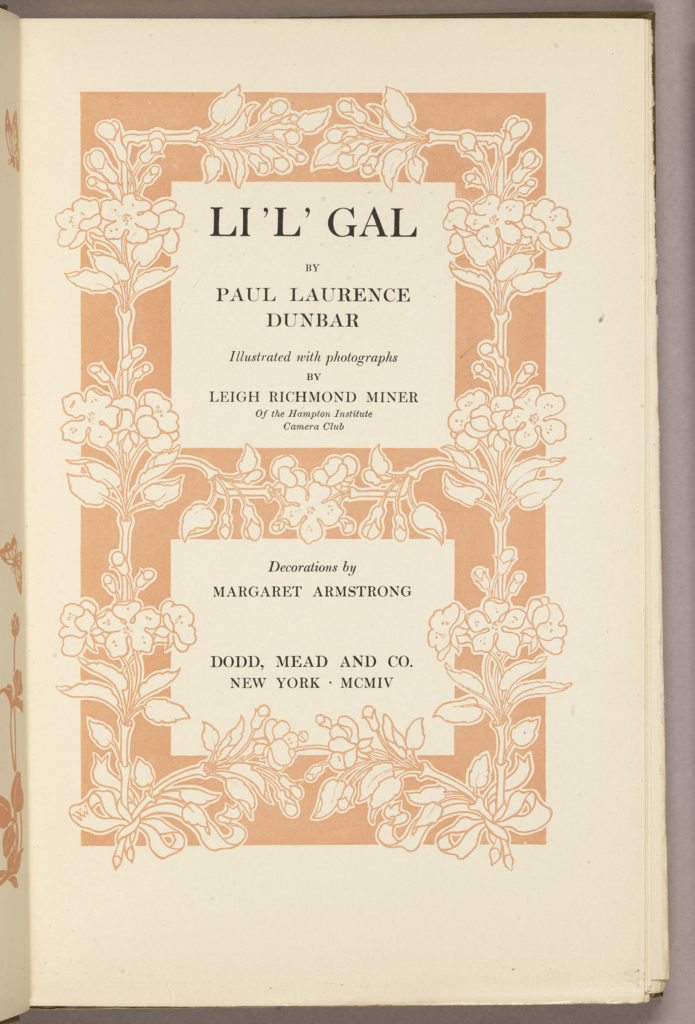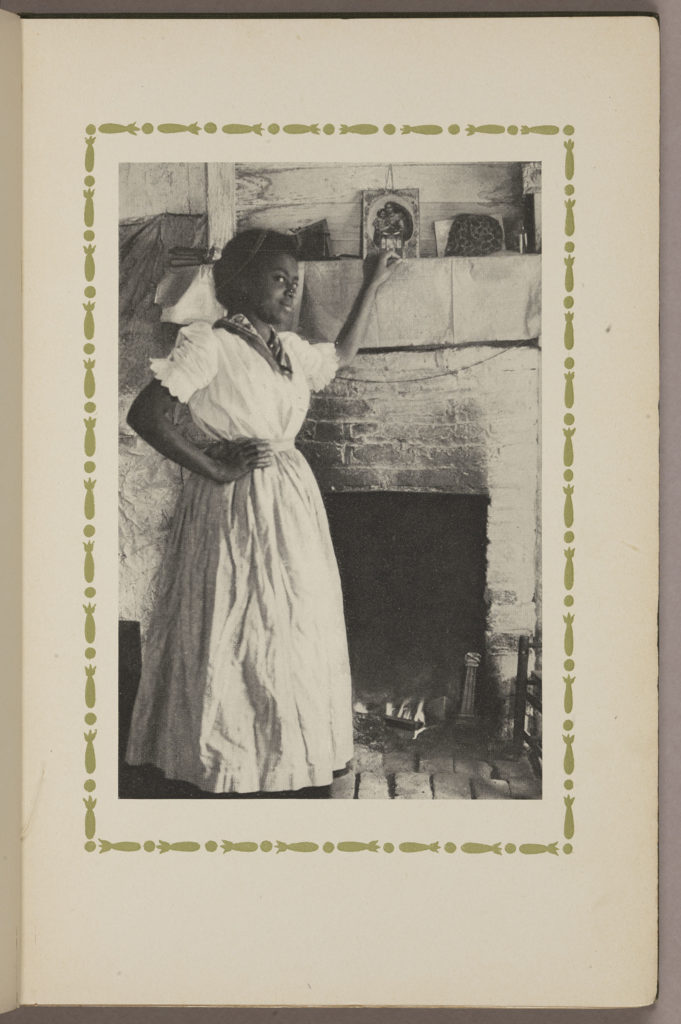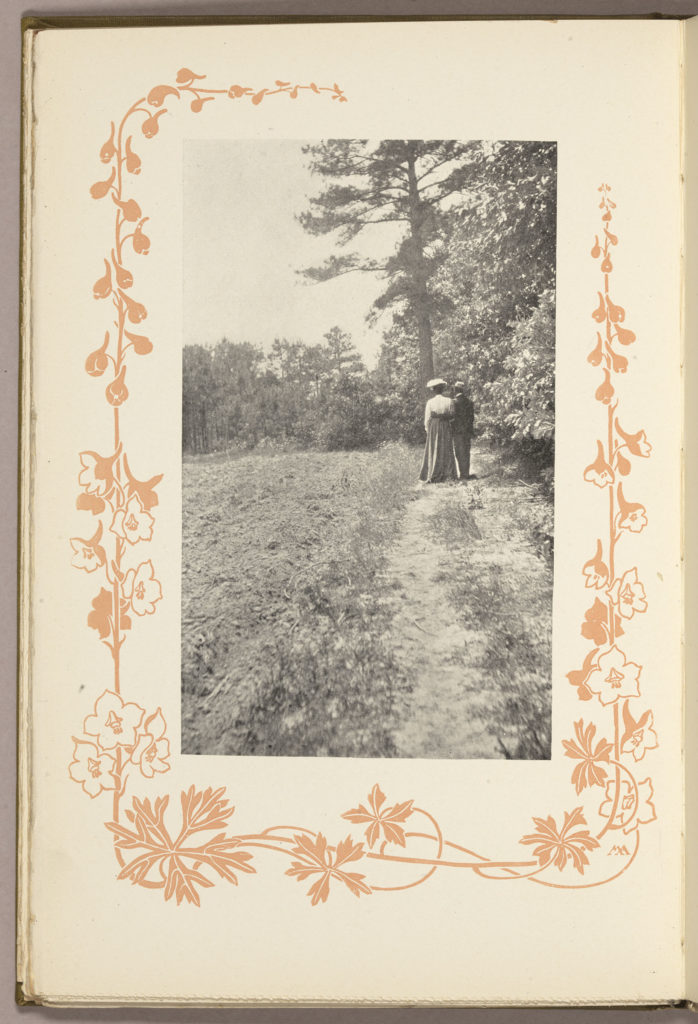by Erika Hosselkus, Curator, Latin American Collections
The Spanish Civil War (1936-1939) was a complex and divisive conflict that defines Spanish identity to this day. This recent acquisition, a cash book and diary (dietario) kept by a wealthy woman living on Mallorca, in the Balearic Islands, highlights daily life in 1936, during the first year of the war.
The largest of the Balearic Islands, Mallorca was a locus of nationalist sentiment from early on. Republican forces waged a hard fought battle to win the island back, between July and September of 1936, but were ultimately defeated by the nationalists’ superior air power. On September 4, the island was definitely taken and, over the course of the war, Mallorca served as an important air and naval base for Franco’s fascist forces.
From January to June, before the war touched Mallorca in any major way, this cash book’s owner, a resident of the city of Manacor, recorded mundane details of daily household life. These included expenses – money spent on food, amounts paid to household servants for cleaning, and pious donations to parish churches, religious orders, and the local hospital. She also recorded income, primarily from a rental house located at the port of Palma, and provided occasional recipes, written in a mix of Catalan and Spanish.

This page, from January 31, includes a recipe for coques, a traditional sweet or savory pastry common in the Balearic Islands, Catalonia, and adjacent regions.
By July, however, observations related to the war begin to appear in the diary and these become its main content through the end of the Battle of Mallorca, on September 4. As early as July 20, an entry reports fighting between republican and nationalist contingents, in the streets of the city of Palma de Mallorca. “This afternoon at the town hall there was fighting between the town guards and the fascists and national police. The national police gave up, seeing that they didn’t have the numbers and not one shot was fired, thanks be to God.”
On August 16, when Republican forces, supported by destroyers and coast guard ships, disembarked at Palma de Mallorca, the cash book states, “this morning at 5 am, an alarm was rung, and the communists entered the port to take possession of everything and the troops came from Palma and the fascists and the rest of our countrymen, with rifles, and they [all] went to defend us…” There were “miles of reds,” and many victims, according to the entry.
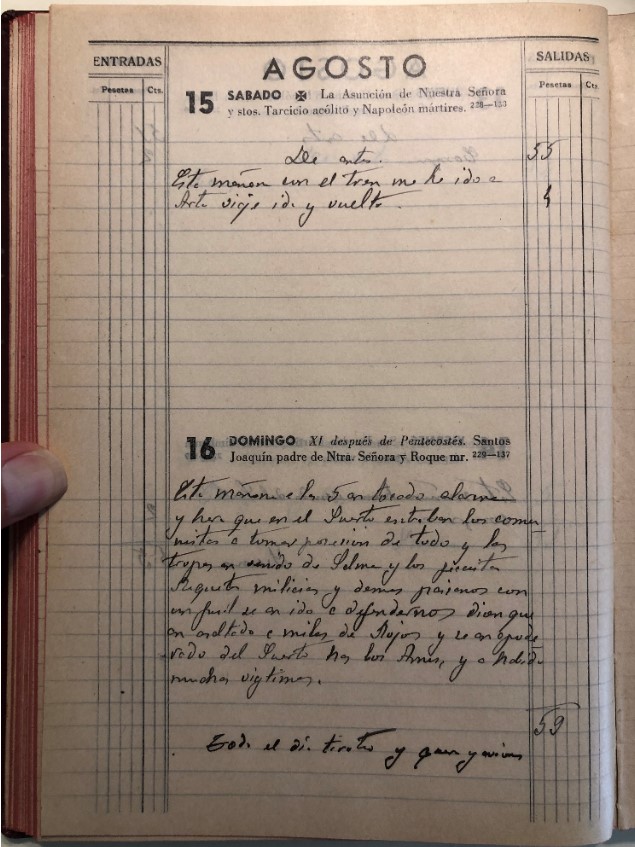
Subsequent entries describe the altercations, bombings, gunfire, and the deaths that occurred, primarily in the port city of Palma de Mallorca, before the island was definitively taken by the nationalists on September 4, 1936.
In addition to war-related details, the writer lists magazine subscriptions, organization memberships, and birth and death dates for her family members in the rear of the book.
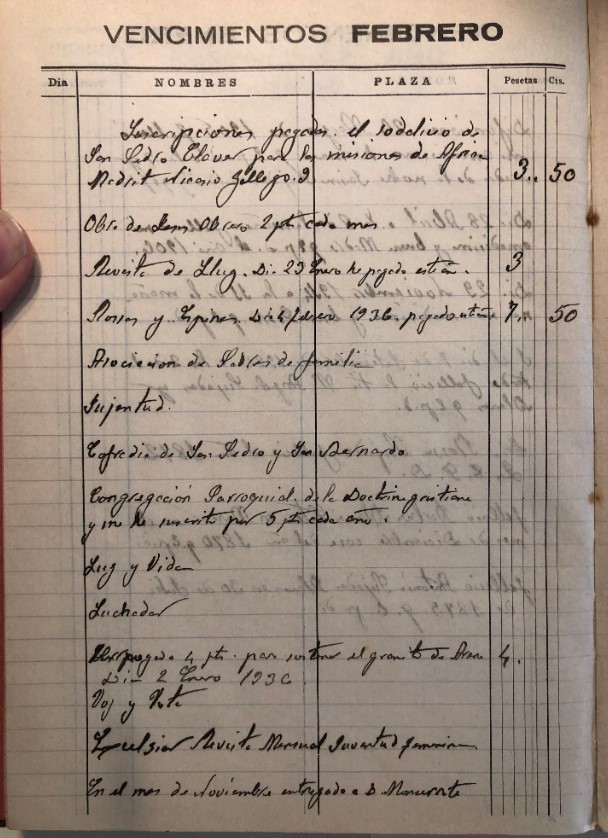
This cash book and diary complements other materials related to the Spanish Civil War in our rare collections and offers an intriguing research opportunity for a budding student of history!
